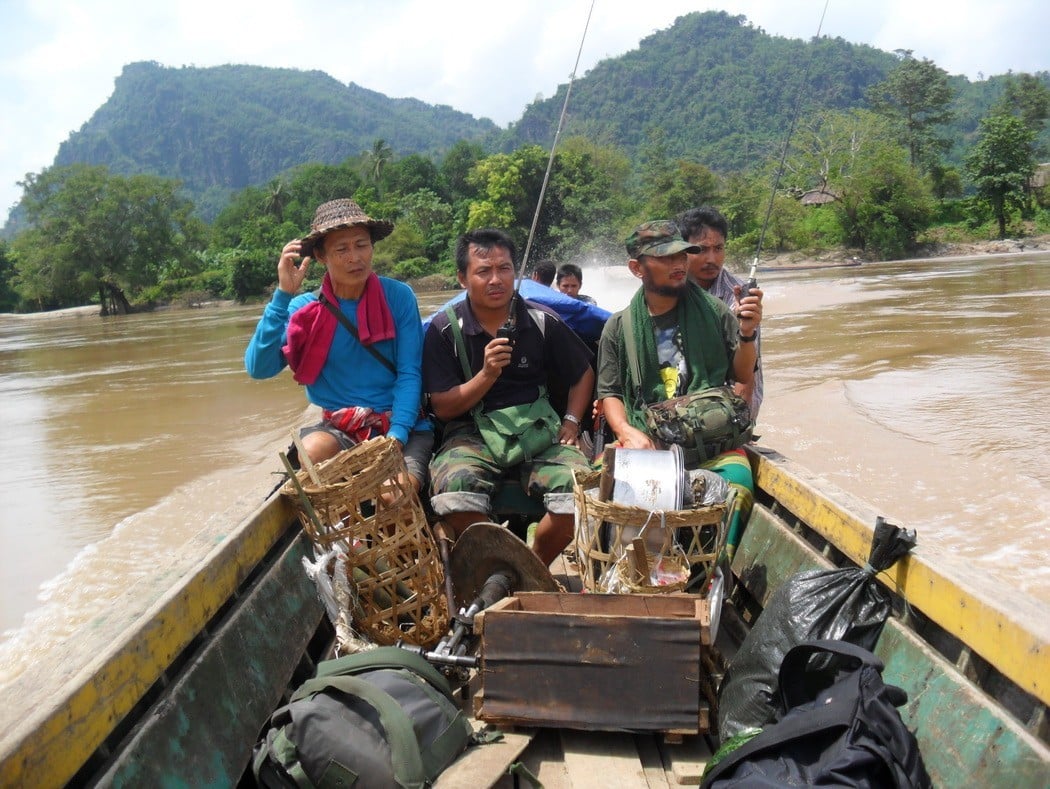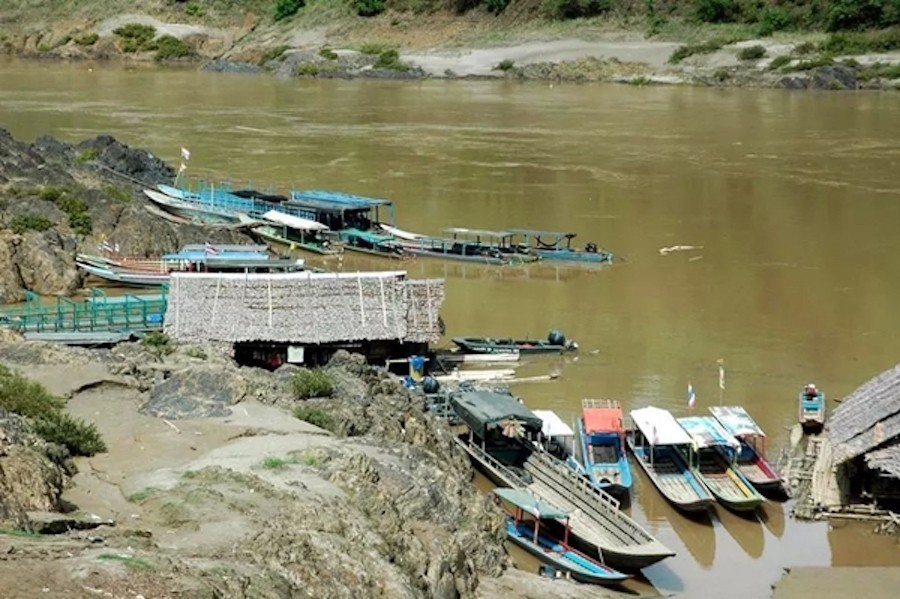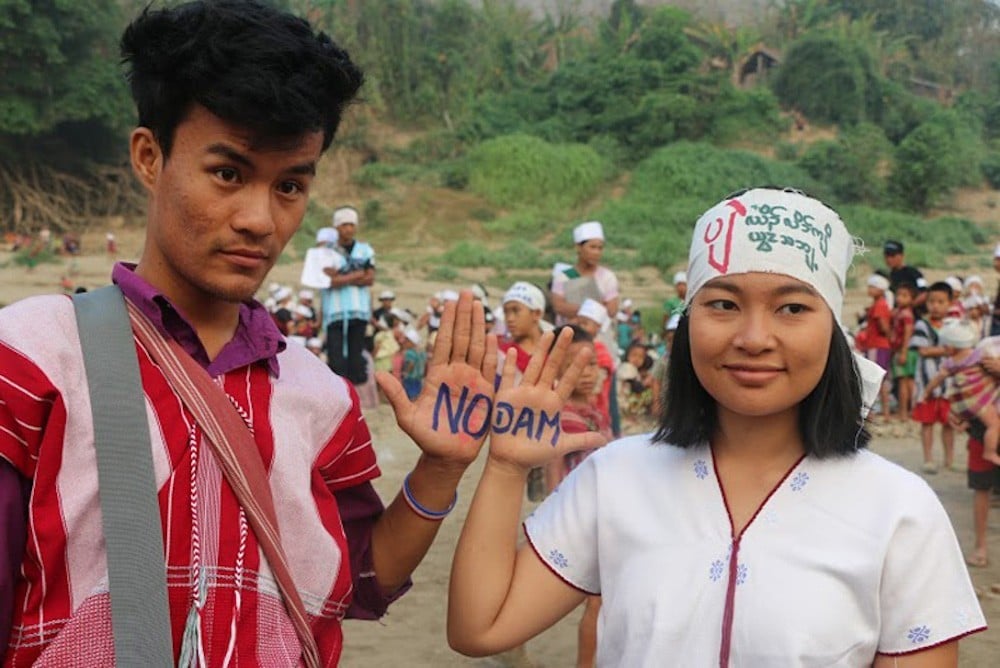In recent weeks, violent clashes in Kayin State have further disrupted Myanmar’s fragile peace process. Fighting between the Democratic Karen Buddhist Army (DKBA) and the government-sponsored Border Guard Force (BGF) in Mae Tha Waw areas of Hlaingbwe township, and more recently near Kawkareik township, has displaced over a thousand people. Entire families have fled their homes and are left stranded with limited access to food and assistance, producing nothing short of a humanitarian crisis. Across the border in Thailand, nearly 60,000 people remain in refugee camps, having fled ongoing conflict over the past two decades.
Tag: ethnic groups opposition
Salween River Dams Should Not Replace Myitsone Dam
Preparations should be made to prevent dam building on the Salween River, the home of many ethnic people, replacing the Irawaddy River’s Chinese backed Myitsone Dam project if it is cancelled.
The comments were made by the Mon State Hluttaw (parliament) Deputy Speaker Dr Aung Nai Oo at the press launch of a Mon Youth Progressive Organisation (MYPO) report entitled ‘In the Balance’, held at the Ramanya Hotel in Mawlamyine, Mon State on 9 September.
Ethnic Activists Voice Alarm Over Salween Dams
Ethnic Shan, Mon and Karenni environmental activists have voiced strong concern over alleged government plans to push ahead with hydropower dams on the Salween River, which they believe would destroy the livelihoods of ethnic communities.
At a press conference in Rangoon on Wednesday, Shan environmentalist Sai Khur Hseng of the Sapawa organization claimed that U Htein Lin, permanent secretary of the Ministry of Electricity and Energy, said during a closed-door meeting in Naypyidaw in August that to fulfill Burma’s energy needs, planned dams should proceed on the Salween [also known a the Thanlwin] River.




